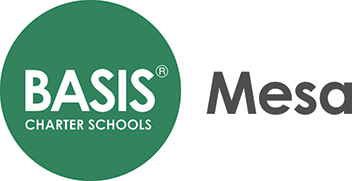3/4/24: A Brief Respite
This past week, I completely restarted the project, using slightly thinner steel (18 gauge/1.2mm instead of 12gauge/2.6mm) as well as a more modern approach. Instead of brute forcing the material into the hemispherical shape of a helmet, I decided to cut individual triangles out of the sheet metal and weld them together. While this process was more challenging, it saved me countless hours of physically demanding labor which at this point I realize were completely unnecessary.

The image above shows what armorers like Michael refer to as a template. This paper mock-up ensures that the helmet will fit correctly and also provides insight into how, or if, the steel will be able to be assembled together.


And now, the bowl of the helmet is complete. In the image on the top right, I have welded the halves together and used a series of triangular shims to fill in the gaps caused by the pieces not fitting perfectly together. As I am using MIG Flux-core welding, it was extremely easy to melt holes in the material because it was so thin. Because of that, I ended up having to grind down and redo a lot of areas, which would be unacceptable if I were a professional welder, but as a hobbyist I can get away with messy welds. The good news is, the helmet fits on my head perfectly.

Here is the current state of the bowl — I have begun rounding out its sides and getting rid of the hexagonal shape. The white soapstone (chalk) line shows how far down I’ve gone in rounding the bowl. In this next week, I’ll have completely rounded it out and welded on the rear section which is just an inch or two longer, as well as the neck piece which protrudes out a few inches. As for dimensions, I met with Mr. McMath and one of his colleagues from the University of Arizona, who showed me a book that contains the specific dimensions of original Roman artifacts. In the future, I will be referring to this book for specifics.
Lastly, according to Michael’s experience, this process would have taken the longest out of any of the others, which include planishing, polishing, adding the brass trim all around the edges, and adding all the decorative hardware to the surface. Considering that, the hardest part of the project is finished, and I believe I am back on schedule to be finishing this helmet on time.
